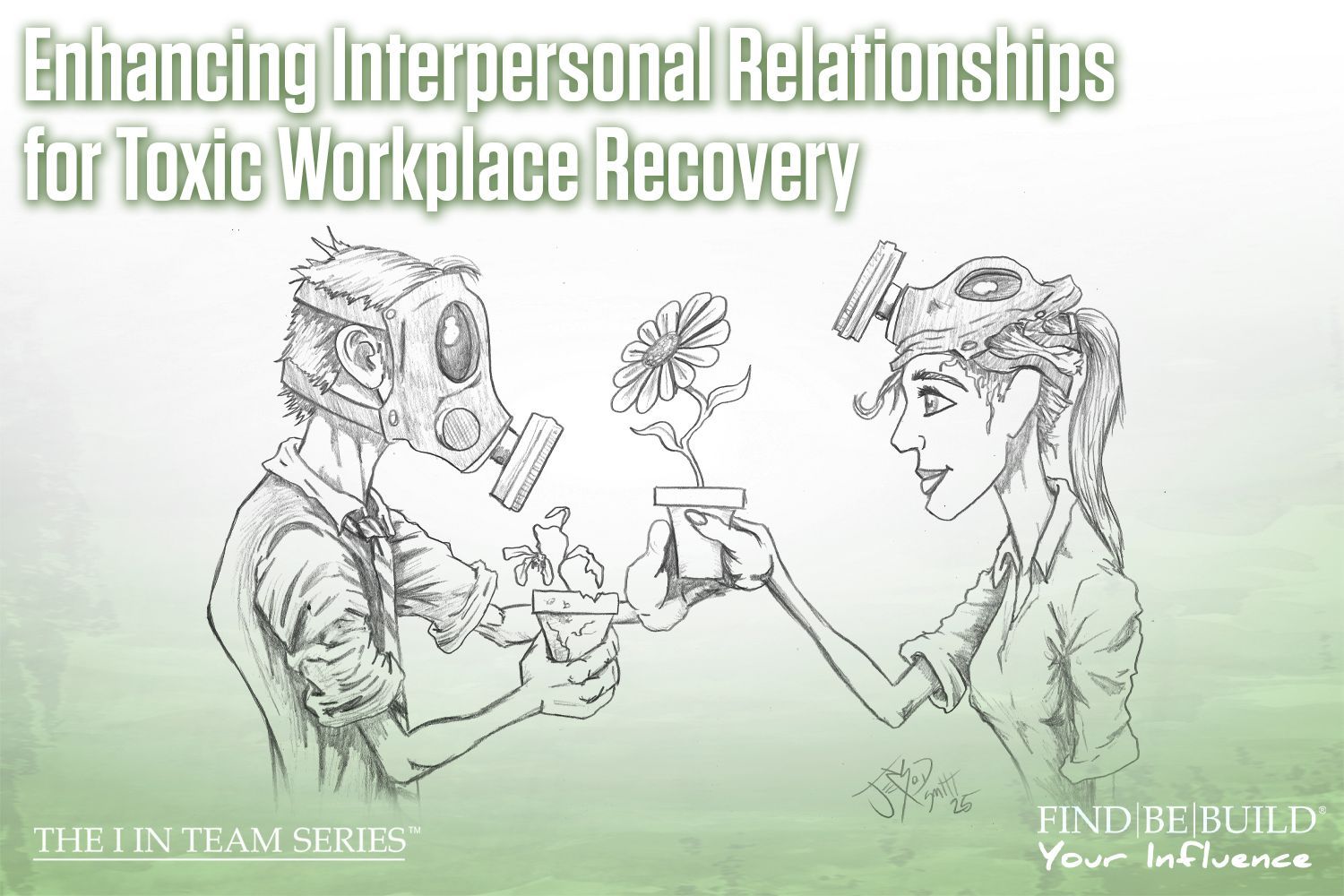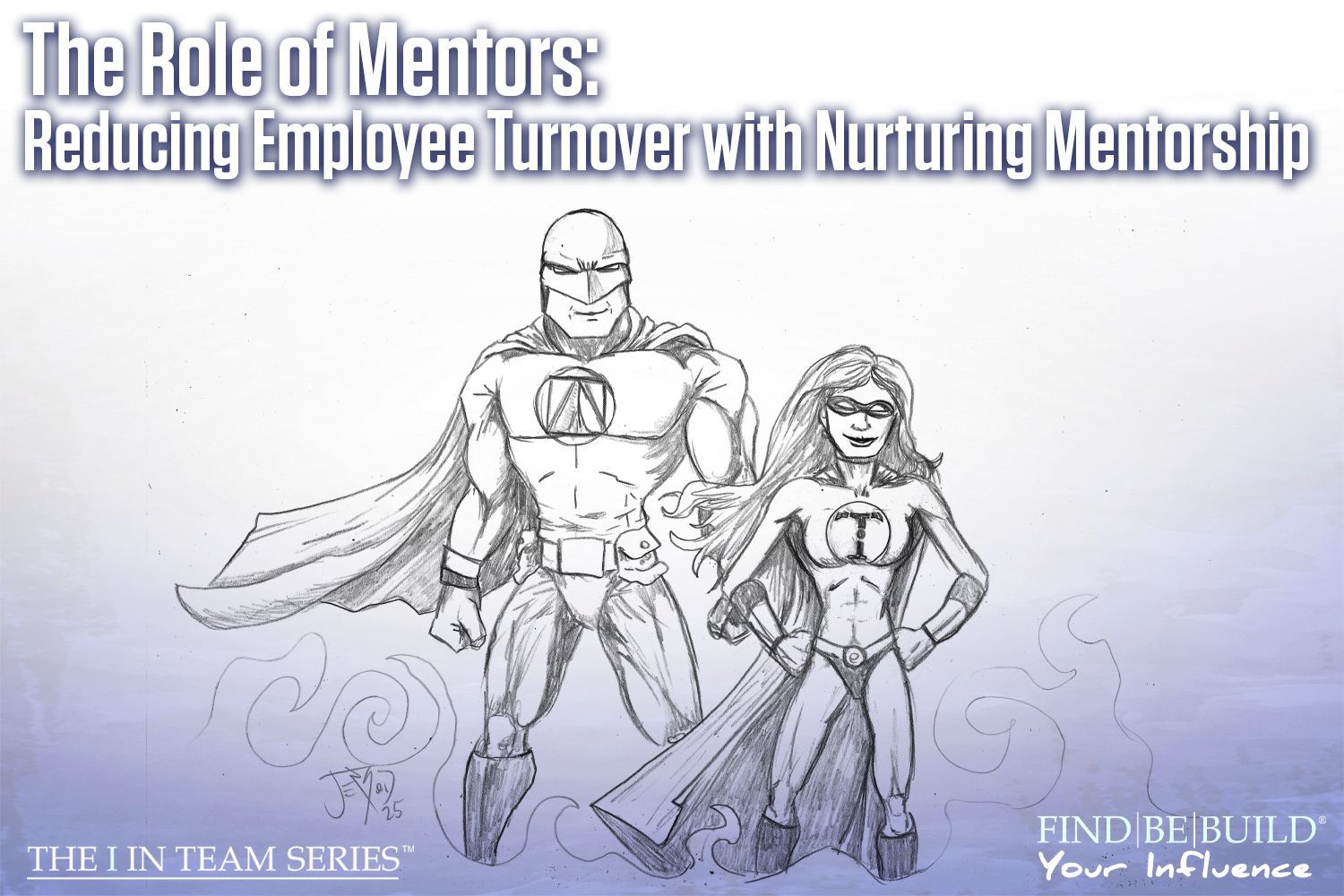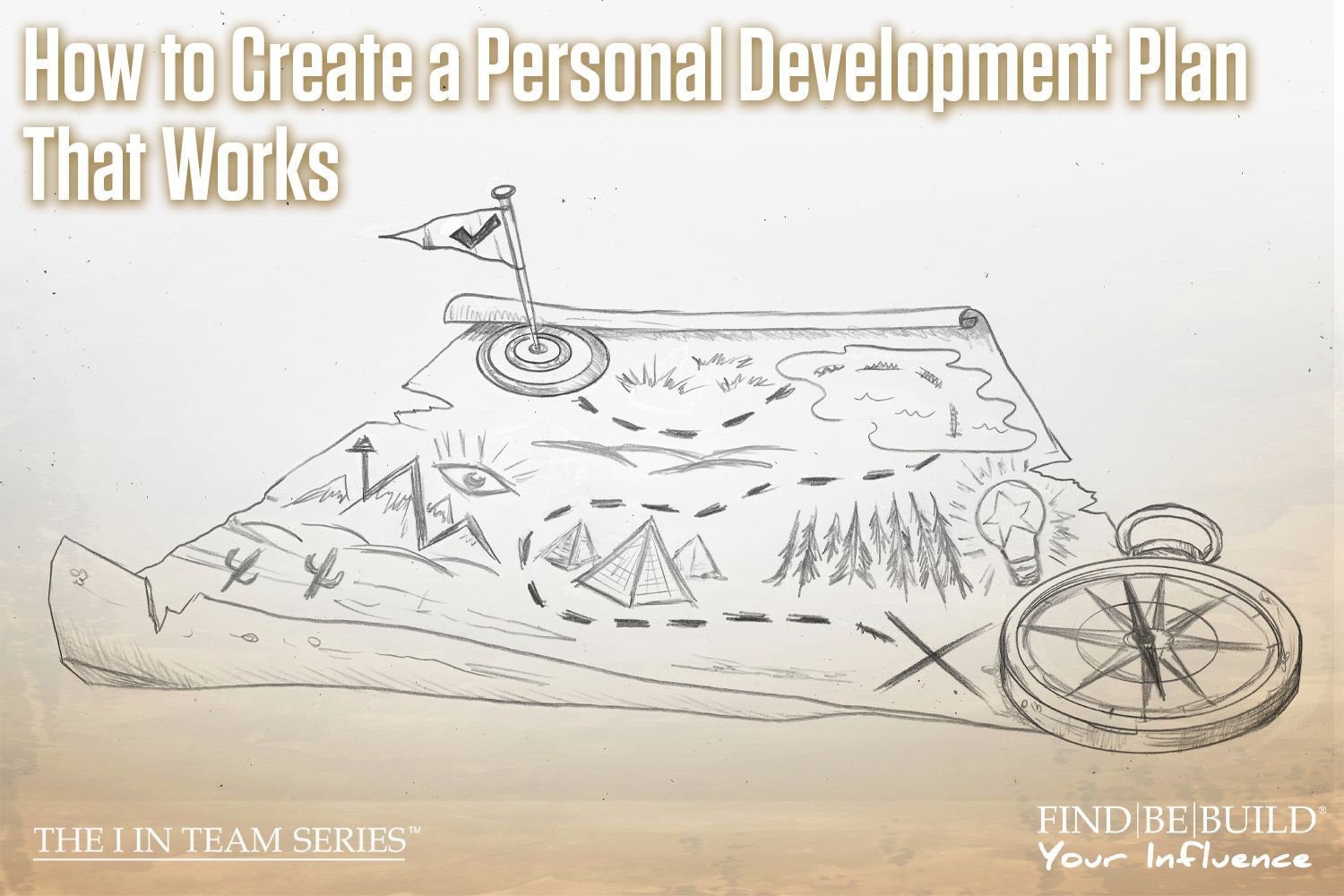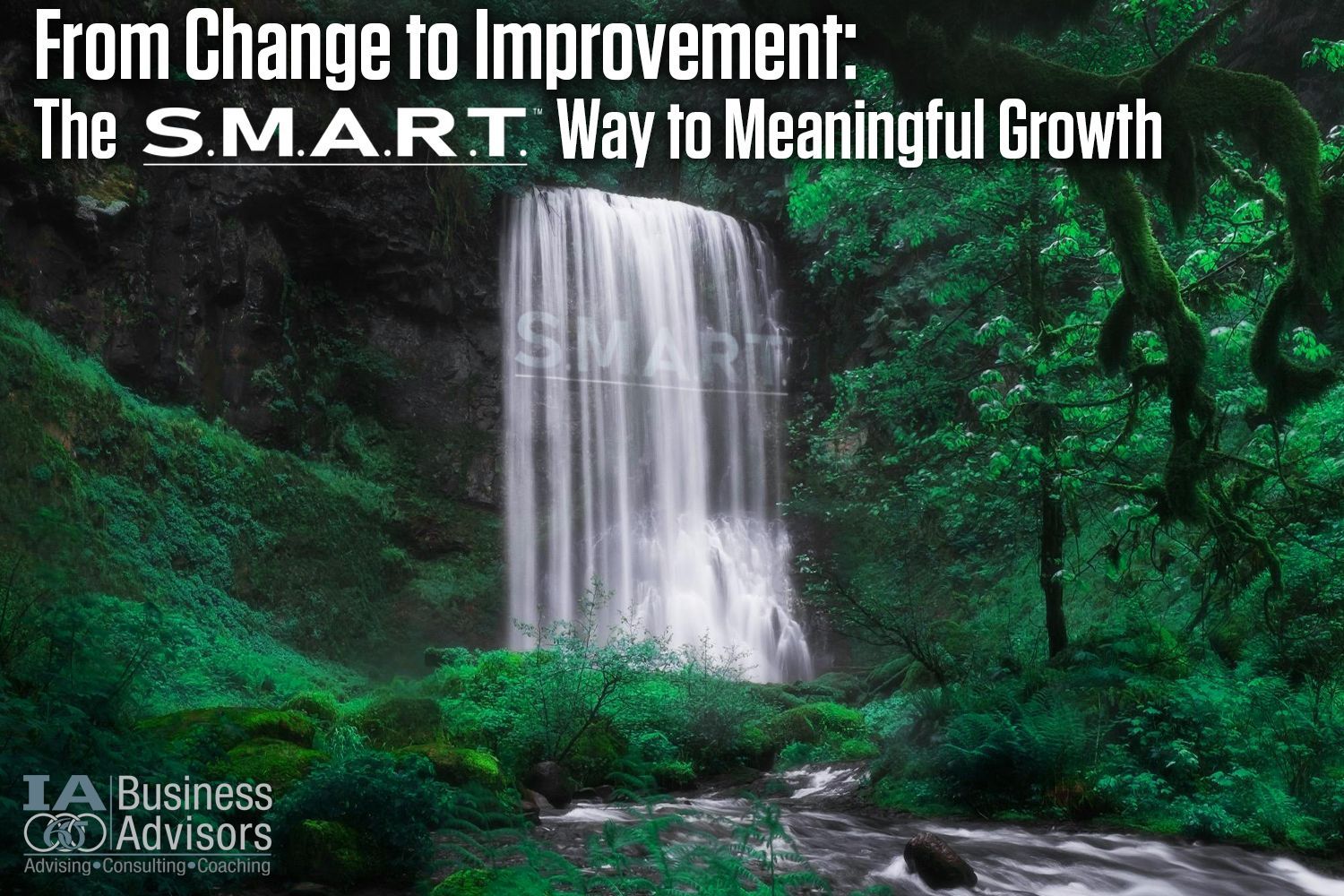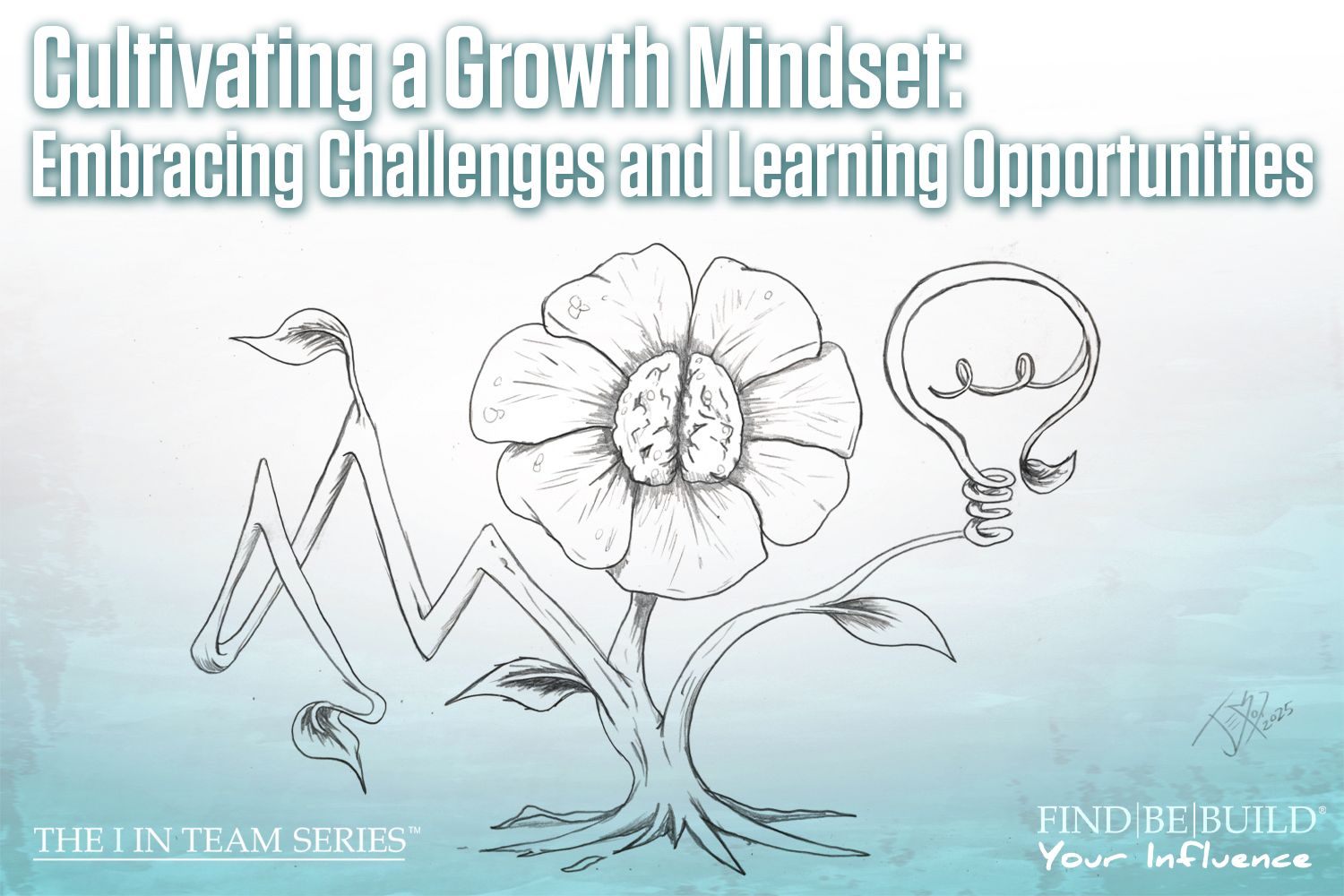A Prescription for Starting A Healthy Business

Starting a healthy business
Starting a new business is an exciting time. With so much information available today, how is a person to know what will work for them? Everyone should know that having a plan is key to business success. Developing a plan is the part that scares, confuses, and eludes many emerging business owners. We recommend that business owners treat their plan like a Prescription; think of each step forward as a dose of medicine designed to give you a healthy business.
Before you start a business there some key decisions that must be answered;
1. Who are my customers?
2. Where are my customers?
3. How will I attract my customers?
4. How will I deliver my product/service to my customers?
5. How will I manage my finances?
6. Can I afford this?
Within each of these questions are the building blocks of a healthy business. To many, these questions seem out of order, or are not all inclusive of what is needed to start and maintain a healthy business. We could not disagree more as these questions are the Prescription for a Healthy Business.’
Who and where are my customers?
No business can be successful without customers. To not know your customers is one of the biggest mistakes small business people make. The consumer is becoming more educated and has more buying opportunities today than ever in the past. Additionally, the consumer has become more cost conscientious and uses a more thoughtful buying strategy today than ever before. Knowing what your product or service does for your customers is the easy part, understanding that customer and how to attract them to your product or service is the harder part.
Most of the time, new business owners come from a business where they dealt with customers using the particular product or service that will be the breadwinner for their new business. Profiling who these customers are will help the business owner gain the insight needed to knowing who the customers are. It’s important to understand your company’s position on competition. Make sure you are not bound by a non-compete or some other non-disclosure or confidentiality agreement prior to profiling customers.
If you’re moving into a new area or are under some sort of confidentiality or non-compete clause, subscribe to a data mining service that can help you understand who your customers are. Services such as Sales Genie, Hudson, or Dun & Bradstreet offer cost effective mining tools that can put customer information in front of you so you know all you need to know about your potential new customers.
How will I attract my customers?
Once you know who your customers are and where they are doing business and what they may need of your product or service, a plan can be made to attract them to your company. Understanding what customers look for when making buying decisions can be difficult for some and seemingly easy for others. Many items or services that are commodities may be chosen for price or ease of delivery. Other things may be chosen by necessity, region, or rarity. Finally, there is a relationship purchase, where you have an established relationship with someone in your customer’s company that can influence the buying decision; each of these different buying parameters must be understood for your particular area of expertise or product line.
Commodity items will be the most difficult area for a new business to get into, if you don’t have an advantage with location or relationship. Competition is made tougher due to more businesses competing for the same customer base. There are ways to differentiate you from others by having a better company image, customer services or delivery model that might better define your company from the others. Keeping your image can be as simple as a professional clean look, easy to understand ordering guidelines and quick response to questions, concerns, or issues.
Using your regional advantages or the availability to get rare or hard to find items should be incorporated into your image or presentation so that companies know intuitively that you’re different from your competitors. Using a professional branding company to help you define your image and understand how to reach them in different ways will be an investment that will have a good return on investment if you have a good understanding of your message and customers.
Social media outlets such as Facebook, Twitter, and LinkedIn can be good avenues for some businesses, but all of them are still new to the marketing game and their impact on buying decisions is still hard to measure. However, all offer free accounts and should be implemented to support your brand and give your company one added access point to the markets.
Having a website is important as is a good email address. Websites do not need to be complex or overly flamboyant to be successful. People appreciate the ability to quickly access a webpage and efficiently understand a company and their product or service offering. Having an email address that is easy to remember and use will help people to communicate with your company, and give you an opportunity to begin to capture communication history with potential customers.
How will I deliver my product/service to my customers?
Product or service delivery is a very important aspect of your business. The delivery of products or services is synergistic with Customer Service, and at the same time it is wholly separate. Product delivery failures can meet or exceed customer expectations, and still be inefficient, costly, and hamper a growing business.
Understanding how the market expects delivery of your company’s product or service is only the first part. Products and services can be reliant on the supply chain. The procurement of vendors and contractors that will aid in the development or delivery of end products or services must be understood and in place at all times; failure in your supply chain is a failure of your company.
Make sure you hold vendors and contractors to the same standards you expect from employees, or even better, to the standards you want to be held to by your customers. Create vendor performance policy and procedures that are bullet pointed and simple. Only use complex contracts and vendors terms if your particular industry requires special legal treatment, or you have proprietary or special contractual obligations. Using complex legal documents when simple business processes suffice can lead to inefficiency, poor relationships, and difficult issue resolutions.
Develop a customer feedback program that is simple and easy to give to customers and to track. Make the customer’s review part of regular employee meetings so that your staff understands what the customer is saying about you, your products, and your staff. Use criticism as a development tool, not a disciplinary tool, and keep looking forward as you refine your business and the delivery of your products and services.
How will I manage my finances?
Finance management is not something that you just know. Getting help from a professional in setting up your company will establish a solid legal foundation to build your business. To be a Sole Proprietor, Limited Liability Company or Corporation are all important decisions that set your financial future on a solid foundation.
There are a multitude of companies that can help you decide which legal formation is right for you; LegalZoom and YourBizFactory.Com are companies that specialize in helping people understand and choose the right corporate structure.
Choosing an Accountant is another important choice. Understanding your taxing requirements and having guidance is crucial to long term financial success. The penalty for ignorance in the tax law is expensive, as most government entities have stiff penalties for delinquent filings and tardy payments of Sales Taxes, Franchise Taxes, Payroll Taxes and more.
Having an organized system to keep track of your money is also very important. There are a multitude of choices for financial tracking systems. Retail environments may get by with a simple cash drawer and ledger, or require a cash register or point of sale system. Other companies may need to track inventory, customer and vendor ledgers, along with accounts receivable, payable, and payroll. All of these financial issues can be tracked with simple ledgers or fully functional accounting systems such as QuickBooks, Peachtree or something even more complex. There are sites like FindAccountingSoftware.com that can help to understand the choices and how they apply to your particular business.
The key issue to remember most of all is that you should never commingle your personal money with your business money. Keep written records to make life easier on you and your support people. When it comes to your money, your chances for success will be increased immeasurably when your money is counted in an organized and structured way.
Can I Afford This?
Often times a person starts a business and quickly runs out of money. The cause of this is almost always a complete lack of planning. We have traced the reasons for running out of money to:
1. Not knowing the customer.
2. Not knowing where the customers are.
3. Not having a plan to attract customers.
4. Not having a plan to deliver products or services.
5. Not understanding the financial needs or implications of business decisions.
Creating a Business Plan that addresses the six major areas outlined in this article will set a foundation that any business owner can build on and be successful. The Business Plan will identify anticipated revenue, expenditures, and market issues that will affect the business’s viability and success in both the near and short term. Also, understanding your personal financial needs and what you can expect to take from the company while you build it will help to establish a financial plan that the business should adhere to with no exceptions. Often people see cash coming into their business and spend that money before executing a planned policy or procedure required for continued growth.
If during the plan development process, your financial projections don’t provide you with a clear path to financial success, talk with a professional about how you can resolve the shortages you may anticipate during growth and understand the cost of borrowing or using credit cards or other financial options available. SBA and SCORE have programs to help small business people understand the costs of doing business. They are generally free and should be considered if paying for help is not an option.
Finally, if you find the financial risk causes personal, professional, or family stress, consider options like taking on a partner or finding a company in the industry to learn more about what you want to do. Sacrificing one’s personal well being or that of their friends and family should not be an option to admitting that a plan is too aggressive or risky.
By having a prescription for success before you start a business, you will give yourself a much better chance at success. Structure is key to success in any applied program and these measures should be written down to paint a picture that you can live with going forward. As your company grows and becomes successful, you may have the opportunity to add employees, more customers, and even more locations. By implementing a prescription for success as your company changes, you will help to create a viable business that you, your employees, and your customers can rely on.
© Individual Advantages, LLC. 2016
The post A Prescription for Starting A Healthy Business appeared first on IA Business Advisors.

